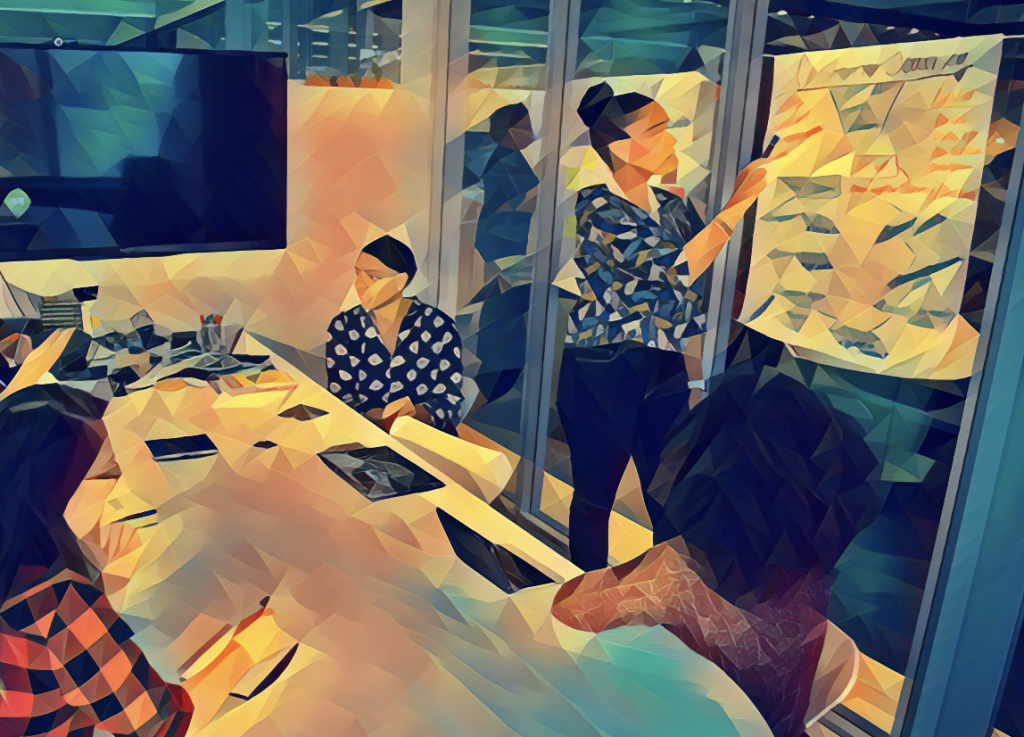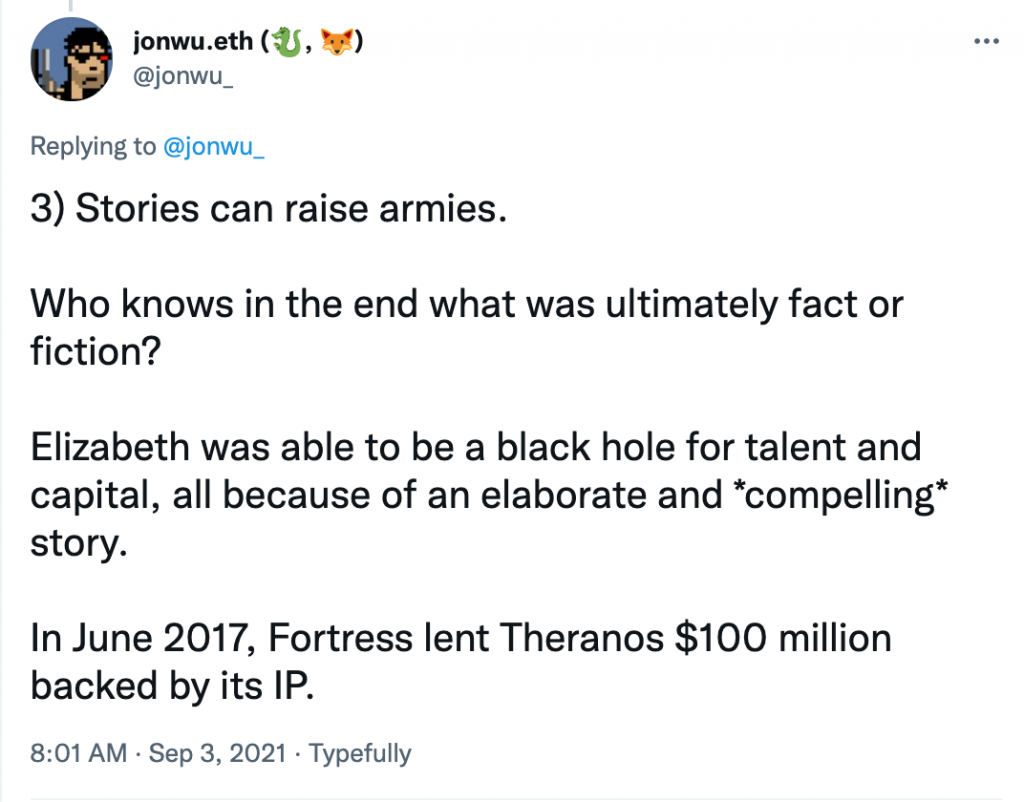Magical realism is a genre that defies easy categorization, a literary and artistic movement that transcends the boundaries of imagination and reality.
A term coined by German art critic Franz Roh in the 1925, it was the rich tapestry of Latin American culture which turned it into an art movement in the 1940s. It has since permeated the global landscape of storytelling, capturing the hearts and minds of readers and viewers alike.
But what is magical realism? At its core, it is a narrative technique that weaves the extraordinary into the fabric of the everyday, creating a seamless reality where the mystical and the mundane coexist.
Yet, magical realism is more than a mere stylistic choice; it is a worldview, a lens through which we can explore the complexities of human existence. It challenges our perceptions, urging us to look beyond the surface and delve into the layers of meaning that lie beneath. Whether it serves as a mirror reflecting societal issues or a window opening to spiritual realms, magical realism offers a unique perspective that enriches our understanding of the world.
In this exploration, we will journey through the origins, characteristics, and significance of magical realism as a narrative technique. We will examine its role in literature and art, its impact on storytelling, and its ability to illuminate the hidden corners of the human experience.
Ah, the second act—the crucible where characters are tested, themes are deepened, and the narrative takes shape. In the context of our exploration, this is where we delve into the origins and influences that gave birth to magical realism. Let’s proceed:
Origins and Influences
Latin American Literature
- Gabriel García Márquez: Often considered the master of magical realism, Márquez’s works, such as “One Hundred Years of Solitude,” have become seminal texts that define the genre. His storytelling blends Colombian history with fantastical elements, creating a rich narrative landscape.
- Isabel Allende: Another luminary in the field, Allende’s “The House of the Spirits” serves as a cornerstone of magical realism. Her work explores the complexities of family and political history in Chile, all through the prism of the magical.
European Influences
- Franz Kafka: While not a magical realist per se, Kafka’s influence on the genre is undeniable. Works like “The Metamorphosis” offer a surreal take on reality, where the inexplicable is treated as mundane.
- Surrealism: This artistic and literary movement, led by figures like Salvador Dalí and André Breton, paved the way for the acceptance of the fantastical in serious art and literature.
Cultural and Philosophical Underpinnings
The roots of magical realism can also be traced back to indigenous folklore, religious traditions, and philosophical concepts. Whether it’s the Latin American concept of “lo real maravilloso” or the philosophical ideas of existentialism, magical realism draws from a wellspring of cultural and intellectual history.
Characteristics of Magical Realism
Integration of the Supernatural
- Ordinary Settings: One of the hallmarks of magical realism is the setting—often mundane, rooted in the everyday world. It could be a small village, a bustling city, or a simple household.
- Extraordinary Events: Into these ordinary settings, the extraordinary erupts. Whether it’s a rain of yellow flowers or a woman ascending to heaven while doing laundry, these magical elements are presented as if they were commonplace.
Emotional Truth Over Factual Accuracy
In magical realism, the focus is not on the factual accuracy of events but on the emotional and psychological truths they reveal. The magical elements serve as metaphors, as allegories, as prisms through which the complexities of human emotions and societal issues are refracted.
Rich Symbolism and Metaphor
The genre is replete with symbols and metaphors that elevate the narrative to a cosmic level. Whether it’s a solitary rose representing lost love or a river symbolizing the passage of time, each element is laden with meaning.
Complex Characters and Relationships
Characters in magical realism are often multi-dimensional, fraught with complexities and contradictions. They exist in a world where the boundaries between the real and the magical are blurred, and this duality is reflected in their relationships and choices.
The Role of Magical Realism in Storytelling
Exploration of Societal Issues
- Politics: Magical realism often serves as a lens through which the political landscape is scrutinized. Whether it’s the tyranny of a dictator or the complexities of revolution, the genre allows for a nuanced exploration of power dynamics.
- Culture: From the intricacies of family traditions to the complexities of cultural identity, magical realism offers a rich canvas on which the variegated hues of societal norms are painted.
- Identity: The genre delves into questions of personal and collective identity, often set against the backdrop of historical and social upheaval.
Psychological Depth
- Human Emotions: Magical realism is a conduit for exploring the labyrinthine corridors of the human psyche. Love, loss, fear, and hope take on ethereal forms, manifesting as magical elements within the narrative.
- Inner Conflicts: Characters in magical realism grapple with internal dilemmas that mirror the external chaos, providing a balanced view of conflict both within and without.
Cosmic Perspective
- Spiritual Themes: Whether it’s the quest for immortality or the exploration of transcendental realms, magical realism often touches upon spiritual themes, inviting the reader to ponder the mysteries of existence.
- Universal Questions: Life, death, and the cosmos itself are subjects that magical realism dares to tackle, often leaving more questions than answers, in a bid to provoke thought and introspection.
Notable Works and Authors
“One Hundred Years of Solitude” by Gabriel García Márquez
This magnum opus is often considered the epitome of magical realism. Set in the fictional town of Macondo, the novel explores seven generations of the Buendía family, intertwining Colombian history with fantastical elements in a narrative that transcends time and space.
“The House of the Spirits” by Isabel Allende
Allende’s debut novel is a cornerstone of magical realism. It delves into the lives of the Trueba family over four generations, against the backdrop of political upheaval in Chile. The narrative is imbued with supernatural elements that serve as metaphors for deeper societal issues.
“Confessions of a Shinagawa Monkey” by Haruki Murakami
In this short story, Murakami weaves the tale of a talking monkey in Shinagawa, Tokyo, who confesses his life story to the narrator. The narrative explores themes of loneliness and the search for identity, all set against the backdrop of contemporary Japan, yet tinged with the surreal.
“Midnight’s Children” by Salman Rushdie
Rushdie’s novel takes magical realism to the Indian subcontinent. The story follows Saleem Sinai, who is born at the stroke of midnight on the day of India’s independence and possesses telepathic powers. The novel serves as an allegory for the complexities of Indian history and identity.
“Beloved” by Toni Morrison
Set in the post-Civil War United States, Morrison’s “Beloved” explores the haunting legacy of slavery through the story of Sethe, a former slave who is visited by the ghost of her daughter. The novel employs magical realism to delve into the psychological and emotional scars left by this dark chapter in American history.
“The Library of Babel” by Jorge Luis Borges
Borges’ short story presents a universe in the form of a vast library filled with hexagonal rooms and an infinite number of books. It serves as a metaphor for the universe itself, exploring themes of infinity, chaos, and the quest for meaning.
“The Daughters of the Moon” by Italo Calvino
Calvino’s story is a part of his collection “Cosmicomics,” where he blends scientific concepts with magical realism. In this tale, the moon is a physical entity that humans can visit, and the narrative explores the consequences of the moon’s ever-increasing distance from Earth.
Criticisms and Controversies
Cultural Appropriation
One of the most contentious issues surrounding magical realism is the question of cultural appropriation. Originating in Latin American literature, the genre has been adopted by authors from various cultural backgrounds. This raises ethical questions about who has the “right” to employ this narrative technique and how it should be used. Personally, I don’t think any artistic technique or art form should be confined to where it came from. Creativity flourishes in a world where people from different cultures and backgrounds exchange ideas. Rap shouldn’t be confined to New York. Classical music shouldn’t be confined to Europe.
Limitations in Interpretation
Magical realism is often laden with symbolism and metaphor, which can lead to multiple interpretations. While this richness is one of the genre’s strengths, it can also be a limitation. Critics argue that the ambiguity can sometimes obscure the author’s intent, leading to misinterpretations that dilute the impact of the work. But personally I think
The Fine Line Between Fantasy and Magical Realism
The boundary between fantasy and magical realism is often blurred, leading to debates about classification. While both genres incorporate supernatural elements, their treatment and purpose differ. Critics argue that this lack of clear demarcation can lead to confusion and diminish the unique qualities that set magical realism apart.
Conclusion
Summary of Key Points
We have journeyed through the labyrinthine world of magical realism, exploring its origins, characteristics, and significance. From the Latin American masters to the global luminaries, from the defining traits to the societal and psychological depths, we’ve dissected the genre to understand its multifaceted nature.
The Lasting Impact of Magical Realism
Magical realism is not merely a genre; it is a lens through which we can view the complexities of human existence. Whether it serves as a mirror reflecting societal issues or a window opening to spiritual realms, its impact is profound. It challenges our perceptions, enriches our understanding, and elevates storytelling to an art form.
Final Thoughts: The Enduring Power of the Genre to Illuminate the Human Experience
In a world increasingly defined by stark realities, magical realism offers a sanctuary where the boundaries between the real and the magical are blurred, inviting us to explore the gray areas, the nuances, the layers that make up our reality. It is a genre that continues to captivate, to challenge, and to inspire, proving that the true magic of storytelling lies in its ability to illuminate the hidden corners of the human experience.





